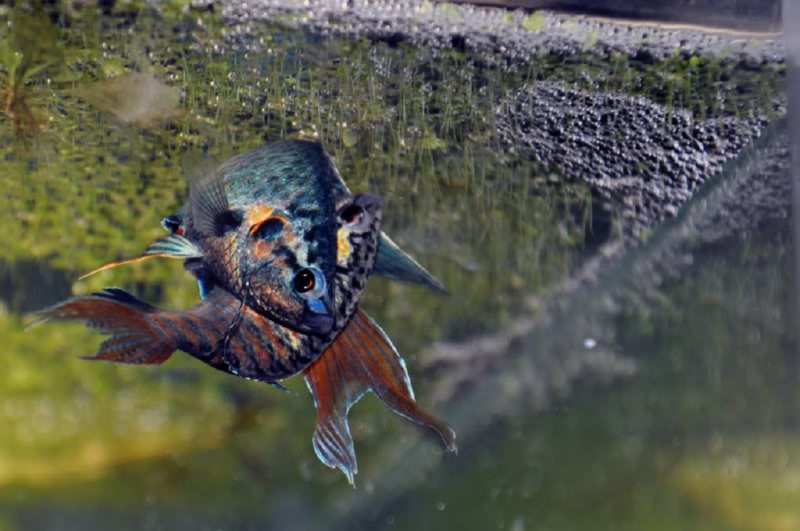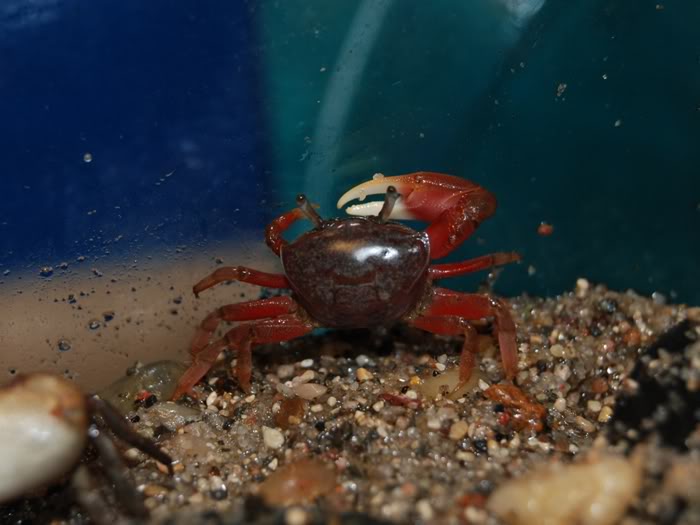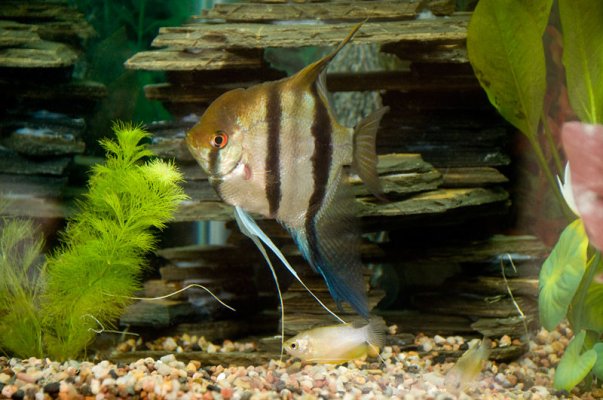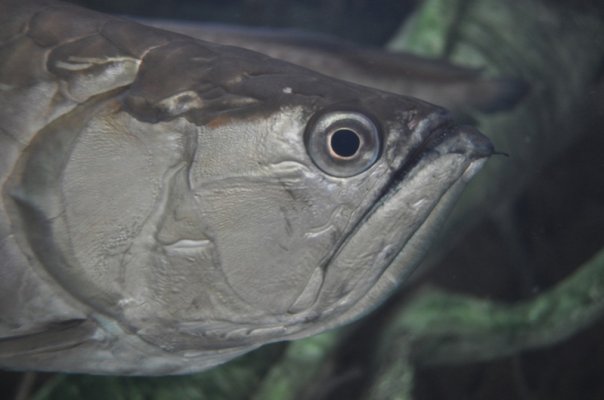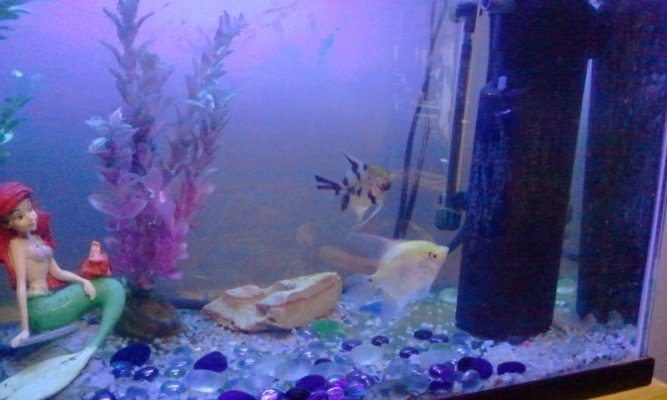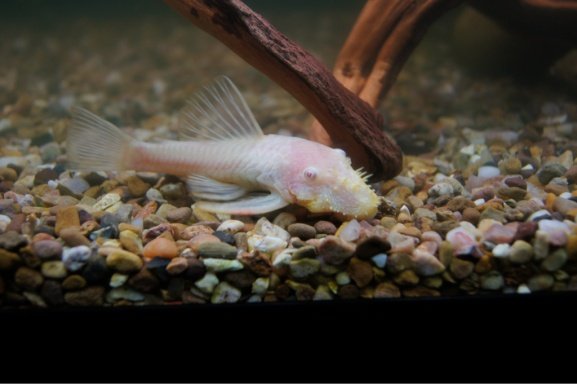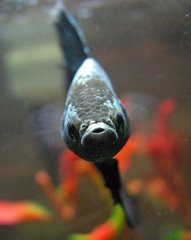neilanh
Sliced Bread
Please submit your pictures for the July POTM contest.
Please refrain from discussing the photos in this thread. Only information about the particular photo will be allowed. Start a new thread if you wish to discuss a particular photo.
The Rules:
Submissions for the July POTM will be taken until 8pm EST on July 24th.
Please refrain from discussing the photos in this thread. Only information about the particular photo will be allowed. Start a new thread if you wish to discuss a particular photo.
The Rules:
- All photos must be original photos taken by you or photos of your tank. (please do not submit photos of another persons tank unless you have written permission from them to do so. If you do please include this written permission with your submittal)
- All photos must be submitted in .jpg format and should be limited in size to 800 x 600 or 600 x 800 depending on layout and a file size no larger than 250KB.
- All submissions should include the common name and scientific name of the subject contained within the frame.
- All submissions should also include helpful information relating to the background of the subject, care requirements, etc.
- Only 1 photo submission per month per member.
- No photo editing other than resizing is permitted.
Submissions for the July POTM will be taken until 8pm EST on July 24th.


